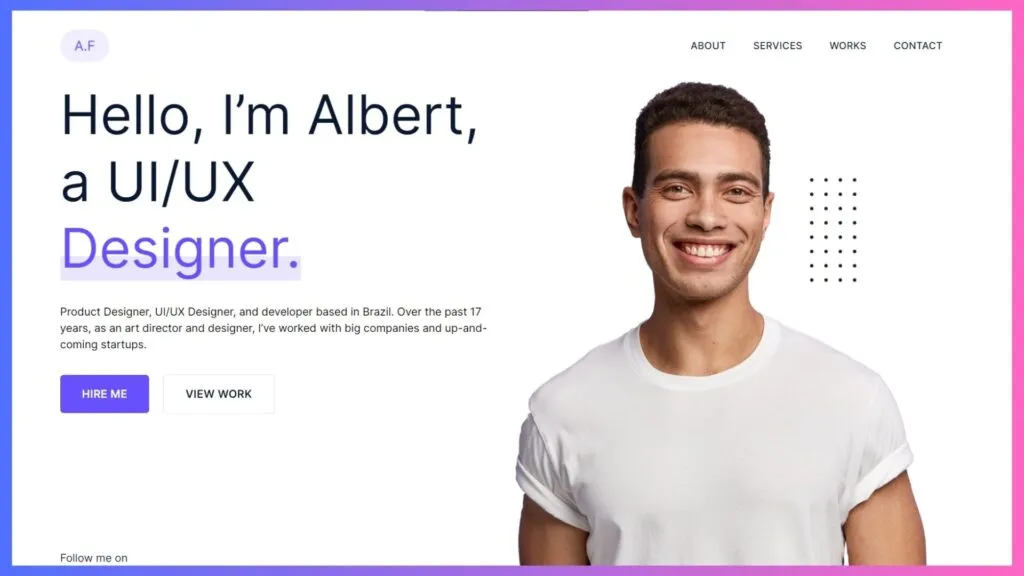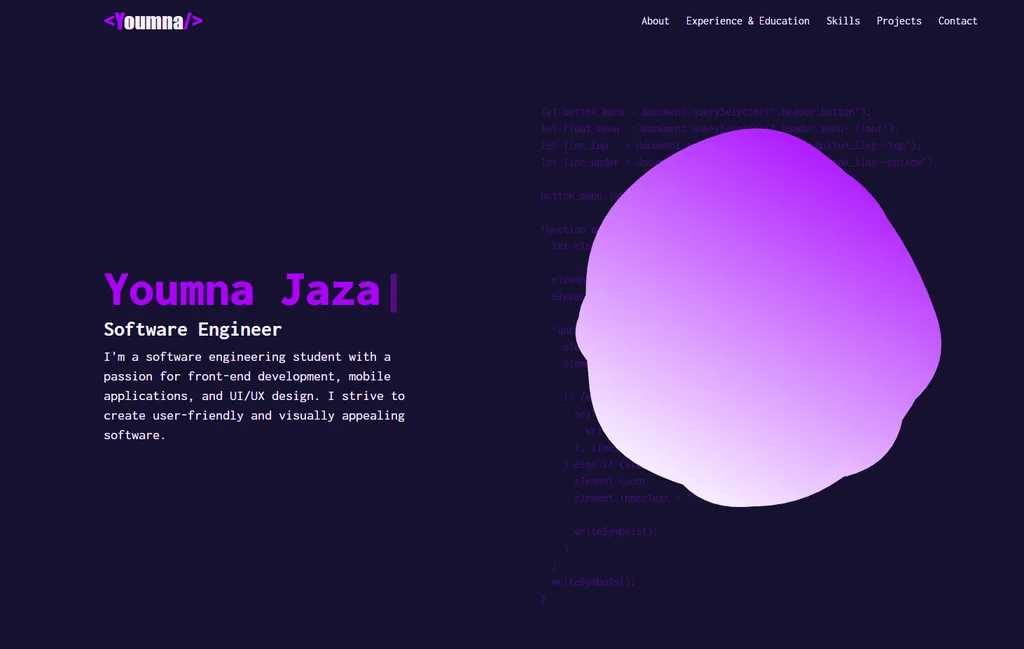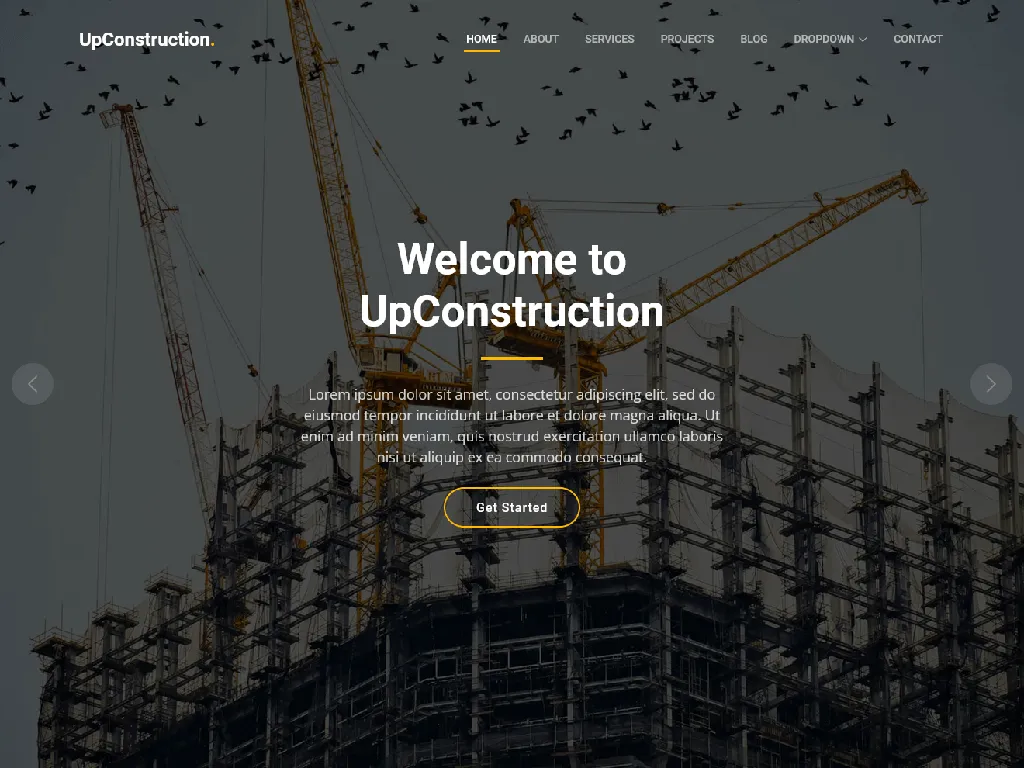Have you ever wondered how to make your website stand out from the crowd? In the digital age, first impressions matter more than ever. A visually appealing and user-friendly website can be the difference between a potential customer clicking away or sticking around to see what you have to offer. Website templates play a crucial role in this, offering a quick and efficient way to establish a professional online presence. But what truly elevates a good template to a great one? The answer often lies in the details, particularly in the thoughtful use of elements like the framer icon.
Why Website Templates Matter
Lets face it, building a website from scratch can be a daunting task. It requires a solid understanding of coding languages, design principles, and user experience. Website templates provide a shortcut, offering pre-designed layouts and structures that can be easily customized to fit your brand. They save time, reduce development costs, and allow you to focus on what matters most creating compelling content and engaging with your audience.
Templates are not just about aesthetics; they also contribute to functionality. A well-designed template ensures that your website is responsive, meaning it adapts seamlessly to different screen sizes and devices. This is crucial in a mobile-first world where many users access the internet on their smartphones and tablets. Moreover, templates often come with built-in features like contact forms, social media integration, and e-commerce capabilities, simplifying the process of setting up a fully functional website.
The Power of Visual Details; Framer Icons and More
So, youve chosen a website template that suits your needs. Now what? This is where the real magic happens the customization process. While tweaking colors, fonts, and images is essential, dont underestimate the impact of smaller visual details. Elements like icons, illustrations, and animations can significantly enhance the overall look and feel of your website.
Consider the framer icon, for example. This tiny visual element can speak volumes about your brands identity and values. A carefully chosen framer icon can add a touch of sophistication, playfulness, or professionalism to your website. It can also help to guide users through your content, making it easier for them to find what theyre looking for.
But how do you choose the right framer icons for your website templates? Here are a few things to keep in mind;
- Relevance; Make sure the icon aligns with your brands message and the content it represents. A tech company might use sleek, modern icons, while a nature-based brand might opt for more organic and earthy designs.
- Consistency; Maintain a consistent style throughout your website. Use a uniform set of icons that share a similar design aesthetic. This will help create a cohesive and professional look.
- Clarity; Choose icons that are easily recognizable and understandable. Avoid overly complex or abstract designs that might confuse users.
- Placement; Consider where youll be using the icons on your website. Will they be used in the main menu, within the content, or in the footer? Adjust the size and style of the icons accordingly.
- File Format; Opt for scalable vector graphics (SVG) icons. SVGs are resolution-independent, meaning theyll look sharp and clear on any screen size. They also tend to have smaller file sizes than other image formats, which can improve your websites loading speed.
Beyond the Icon; Maximizing Your Templates Potential
Of course, the framer icon is just one piece of the puzzle. To truly maximize your website templates potential, consider these additional tips;
- Optimize Images; Compress your images to reduce file sizes without sacrificing quality. This will help improve your websites loading speed and user experience.
- Choose the Right Fonts; Select fonts that are easy to read and align with your brands identity. Use a limited number of fonts to maintain a consistent look.
- Write Compelling Content; Your websites content is just as important as its design. Write clear, concise, and engaging copy that resonates with your target audience.
- Test and Iterate; Regularly test your website on different devices and browsers to ensure it looks and functions correctly. Use analytics tools to track user behavior and identify areas for improvement. Dont be afraid to experiment and make changes based on your findings.
Ultimately, creating a successful website is an ongoing process. By starting with a solid template, paying attention to visual details like icons, and continuously optimizing your content and design, you can create a website that truly elevates your brand and engages your audience. So, go ahead, kick off your design journey and unlock the full potential of your website!



